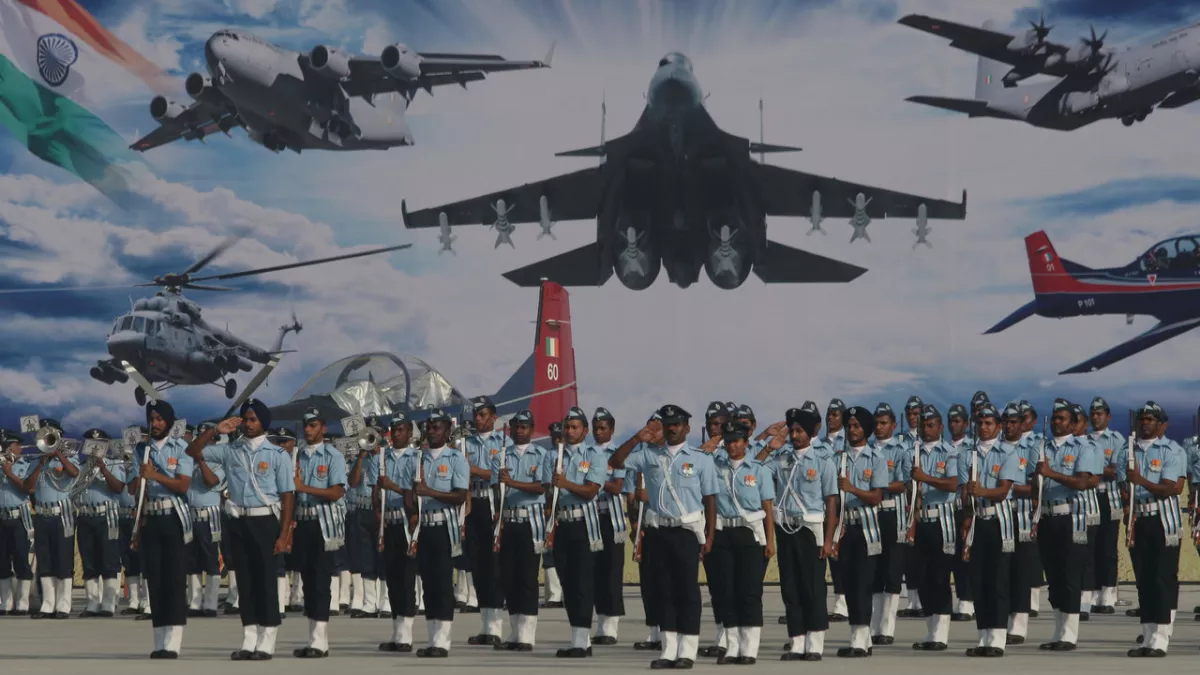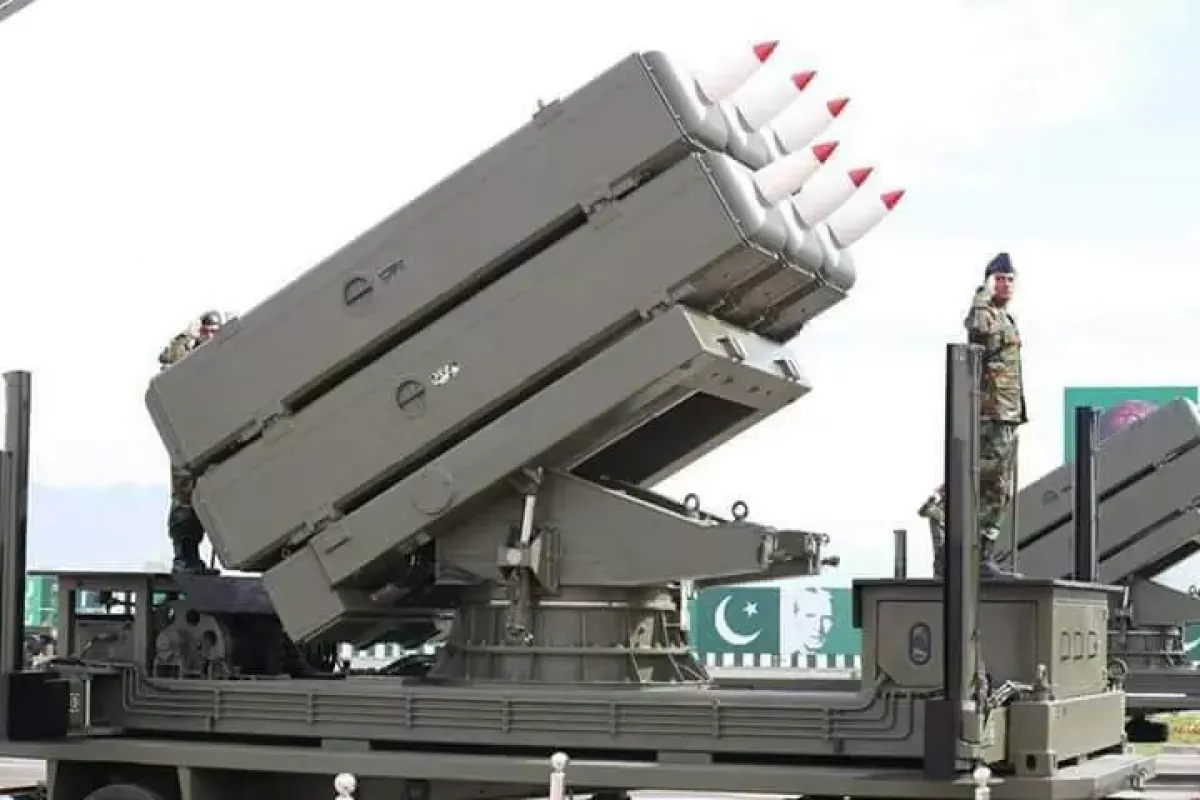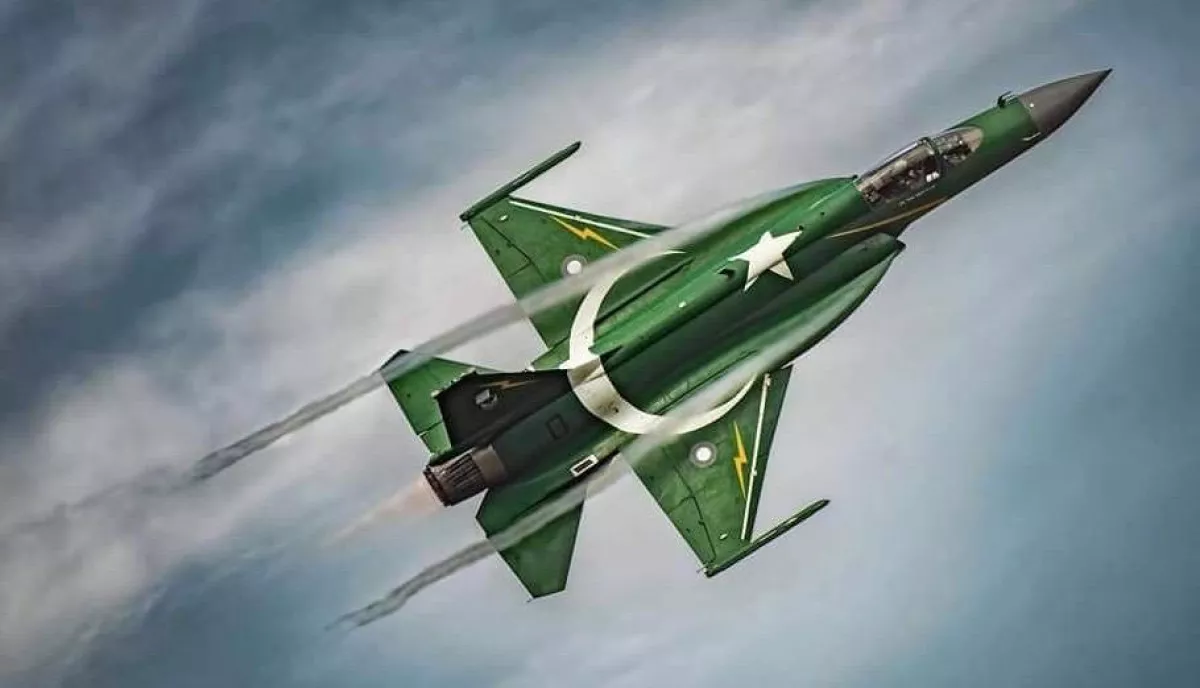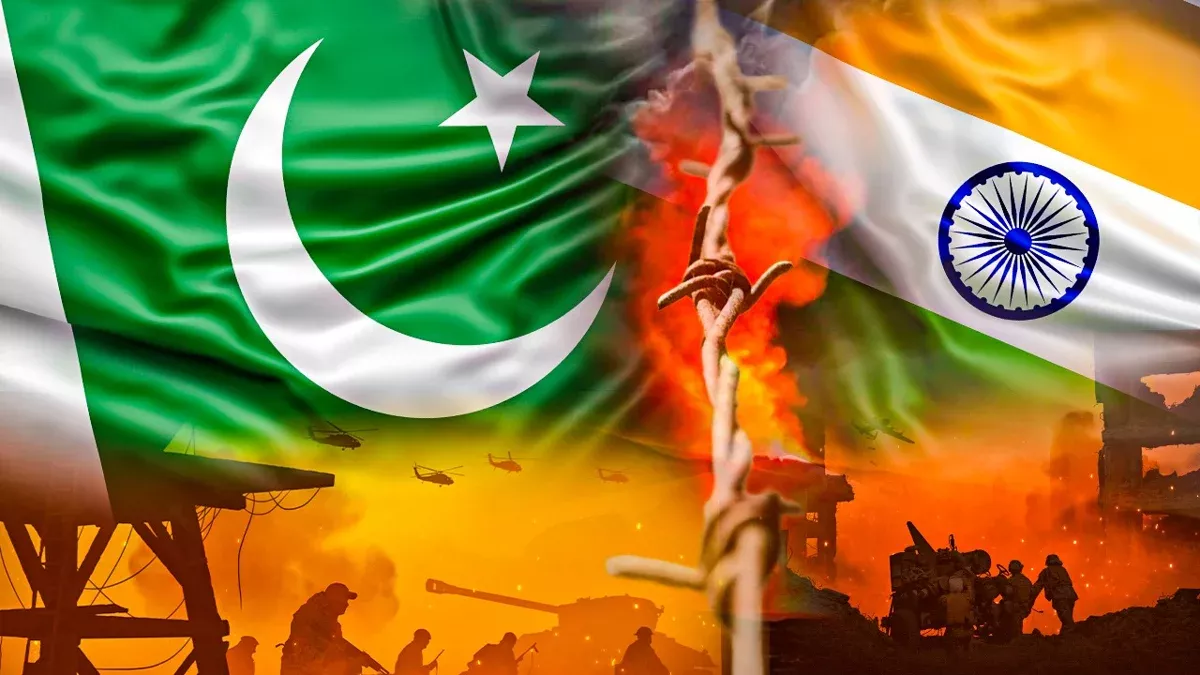Power in the skies: Comparing India and Pakistan’s air forces and air defence capabilities Caliber.Az review
In the early hours of May 7, 2025, India carried out a series of airstrikes on Pakistani territory, marking the first time in over half a century that it has attacked a recognised, undisputed part of the country — Punjab. Official New Delhi claimed the strikes targeted "terrorist facilities," but according to the Pakistani side, the attacks hit civilian areas, resulting in casualties among the local population.
In this article, we aim to analyse the military capabilities of both sides, focusing in particular on the potential of their air forces and air defence systems.
India’s capabilities
The Indian Air Force (IAF) includes both light fighter aircraft and heavy strike platforms. However, it is important to distinguish between quantitative potential and qualitative effectiveness. In reality, despite its diverse fleet, the integration of these assets, their technical condition, and personnel training are inconsistent. India actively operates Rafale jets, upgraded Mirage 2000s, and Su-30MKI fighters, but it still relies on outdated Jaguars and MiG-21s — aircraft that, in the context of modern air defence systems, become easy targets.

Notably, a significant portion of India’s newest aircraft are still in the process of being fully integrated into combat operations. The Rafale jets, for instance, were inducted relatively recently, and Indian pilots still lack extensive real-world combat experience with them. Furthermore, the country's geography and logistical challenges complicate the rapid redeployment of forces to border regions. Another factor to consider is the overcrowding of Indian airbases, particularly in the western part of the country, which makes them potential targets in the event of a conflict.
The use of drones and precision-guided weaponry is a strong point for India. However, it should be clarified that a large portion of its cruise missiles and UAVs are of foreign origin. In the event of international pressure, supply chains for these weapons could be restricted.
Pakistan’s air defence
Pakistan is building a layered air defence system, primarily based on Chinese and Italian short- and medium-range systems. The LY-80, FM-90, and Spada 2000 are mobile platforms capable of effectively protecting key assets. However, the absence of long-range systems—such as equivalents to the S-300—remains a clear gap in Pakistan’s defences.

Nevertheless, Pakistan’s air defence is sufficiently flexible and mobile to repel limited or targeted strikes—particularly those carried out with conventional aircraft. According to reports from the conflict zone, Pakistan has already managed to respond to the attacks by shooting down three French Rafale fighters, as well as two Soviet-Russian aircraft—namely, a Su-30MKI and a MiG-29—as well as several drones.
Pakistan’s Air Force: Realities and potential
Pakistan’s air fleet is significantly smaller than India’s, but it is more uniform and focused on practical combat application. Its core assets include the F-16 Block 52 and the JF-17 Thunder. The latter, a product of a joint Chinese-Pakistani programme, has proven itself effective as a mid-tier platform: it is inexpensive, easy to maintain, and capable of carrying modern missiles.

The F-16s remain Pakistan’s primary carriers of precision-guided munitions. Despite their limited numbers, these aircraft offer high combat effectiveness, particularly when operating in border regions. However, Pakistan is vulnerable when it comes to the supply of spare parts and system upgrades—especially for American-made platforms. Pressure from third-party countries could complicate the technical maintenance and modernisation of the fleet.
Nonetheless, one important point should be highlighted: the Pakistani Air Force regularly trains under scenarios simulating large-scale strikes and has a well-developed rapid response system. Combined with its mobile air defence, this offers a measure of resilience in the face of an ongoing conflict.
Strategic balance and tactical risks
Both India and Pakistan possess nuclear weapons and official military doctrines that allow for their use in the event of a threat to territorial integrity. This serves as a deterrent—but not a guarantee of safety. A localised exchange of strikes, especially if repeated, carries the risk of escalation beyond control.
Despite its numerical advantage, India faces political risks. The strike on undisputed Pakistani territory has already raised concerns in the international community. Moreover, in the event of retaliatory attacks on Indian airbases in Jammu, Himachal Pradesh, or Rajasthan, India could suffer significant losses.

Pakistan, in turn, is limited in its ability to sustain a prolonged aerial campaign, especially if the conflict evolves into a war of attrition with repeated raids. In such a scenario, economic and logistical constraints would become a decisive factor.
Conclusion
The current escalation has become a stark reminder of just how fragile the line is between a show of force and direct military confrontation. India sought to demonstrate its ability to strike targets deep within enemy territory. Pakistan, in turn, responded swiftly and firmly—signalling its readiness for escalation, while stopping short of full-scale confrontation.
The question now is whether the conflict will deepen, or whether both sides will choose to pull back, limiting themselves to symbolic and informational warfare. What this situation clearly reveals is that the strategic balance in South Asia remains deeply unstable. It is not built on restraint or mutual assurances, but rather on unpredictable decision-making and the absence of robust mechanisms to prevent escalation. And in such a fragile equilibrium, every strike can send shockwaves far beyond the region.








